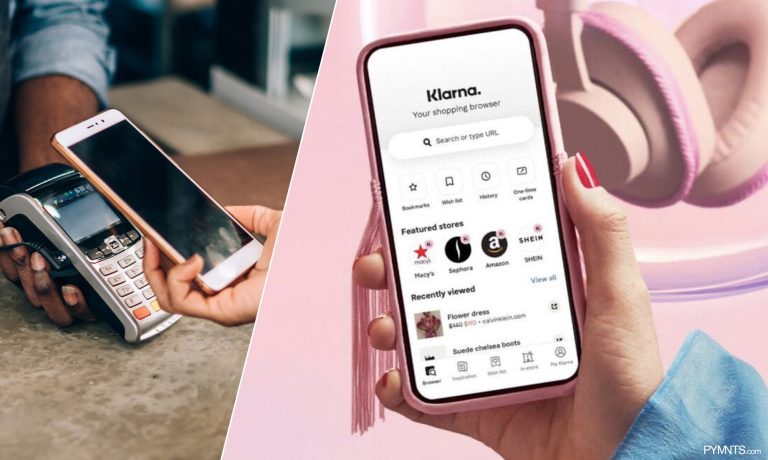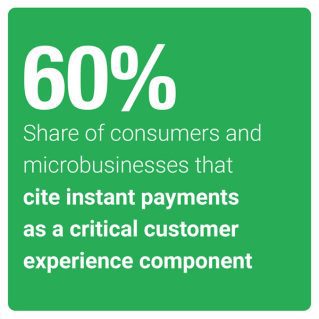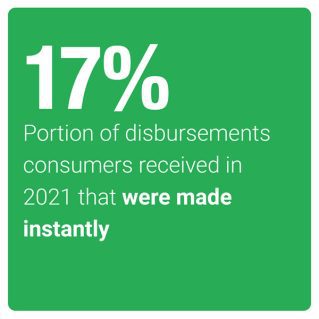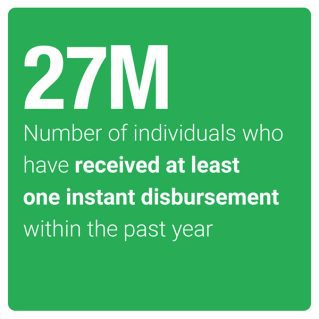How Klarna Uses 100 Different Data Points to Keep BNPL Fraudster-Free

Alternative payment methods are becoming more popular as time goes on, especially among younger consumers who are less likely to leverage cash, payment cards or other traditional methods. One quickly growing method is buy now, pay later (BNPL), which breaks up purchases into several installments that users can pay over a short period of time.
Like all digital payment methods, however, BNPL runs the risk of digital fraud. One of the largest threats is account takeovers, in which fraudsters seize control of accounts and use them to access credit card data, drain stored account values or pilfer stored user data such as passwords or email addresses.
Ironclad user authentication is key to preventing businesses and companies from being scammed. Artificial intelligence (AI) or machine learning (ML) tools that automate the authentication process are some of the most promising solutions, as the processes analyze a multitude of data points in each user account, including past account activity, cross-account linkage and metadata to determine the likelihood of a fraudster compromising an account.
In the January “Alternative Payments Tracker®,” PYMNTS explores the latest in the world of alternative payment method authentication, including the growing popularity of BNPL, the fraud threats facing the industry and how companies are fighting back against fraud via user authentication tools.
Developments From Around the World of Alternative Payments
 Retailers depended on the holiday season for a significant fraction of their yearly profits, offering massive sales and promotions to attract customers. BNPL seems to be an effective new tool, as 7% of holiday shoppers said that they leveraged this option at some point during the 2021 holidays. Cyber Week — the week following Black Friday — saw a 19% increase in the use of BNPL year over year. BNPL popularity varied significantly by age group, with 12% of shoppers aged 18 to 34 saying they used it, in contrast to 0% of shoppers aged 65 and up.
Retailers depended on the holiday season for a significant fraction of their yearly profits, offering massive sales and promotions to attract customers. BNPL seems to be an effective new tool, as 7% of holiday shoppers said that they leveraged this option at some point during the 2021 holidays. Cyber Week — the week following Black Friday — saw a 19% increase in the use of BNPL year over year. BNPL popularity varied significantly by age group, with 12% of shoppers aged 18 to 34 saying they used it, in contrast to 0% of shoppers aged 65 and up.
BNPL fraud is a small fraction of the overall total plaguing eCommerce, and customers do not give merchants much leeway if they were defrauded while shopping with them. A recent study from Socure found that 72% of customers would not purchase from an eCommerce platform again if their item was not received due to seller fraud, with 24% citing such fraud as one of their top concerns when choosing which eTailer to patronize. Potential customers are so concerned with fraud, in fact, that 51% expressed reluctance to do businesses with smaller merchants because they feared they might be defrauded.
For more on these and other alternative payments news items, download this month’s Tracker.
Klarna on Leveraging Behind-the-Scenes Analytics to Authenticate BNPL Users
BNPL use has seen a massive upswing in the past few years as consumers are incentivized to shop online and seek ways to save more money. This bright future could easily be put at risk by fraudsters, however, which deploy several different techniques to scam BNPL businesses and users alike. In this month’s Feature Story, PYMNTS talked to Matthew Suraci, head of business development and partnerships at Klarna, about how the company leverages various analytics techniques to separate the good customers from the bad actors.
Deploying Ironclad Authentication for BNPL Customers
The growth of digital payments in the past few years has inspired many new alternative payment methods, but few are as fast-growing as BNPL. Fraudsters are also eager to get their hands on customers’ personal information, however, and providers must be vigilant against these bad actors.
In this month’s PYMNTS Intelligence, PYMNTS examines why BNPL is so popular among consumers and how providers verify customer identities to protect against fraud.
About the Tracker
The “Alternative Payments Tracker®,” done in collaboration with Socure, is your go-to monthly resource for updates on trends and changes in BNPL services.
